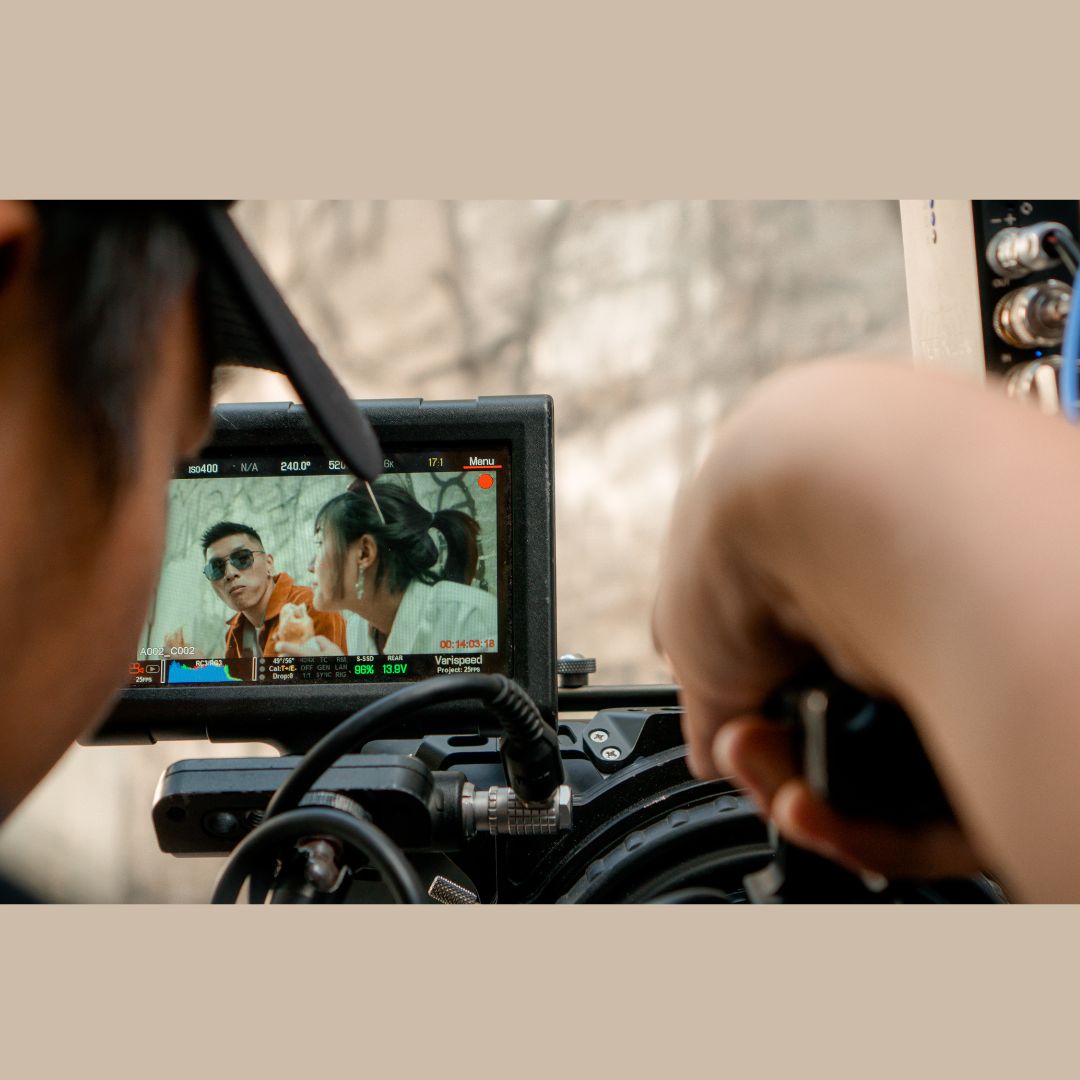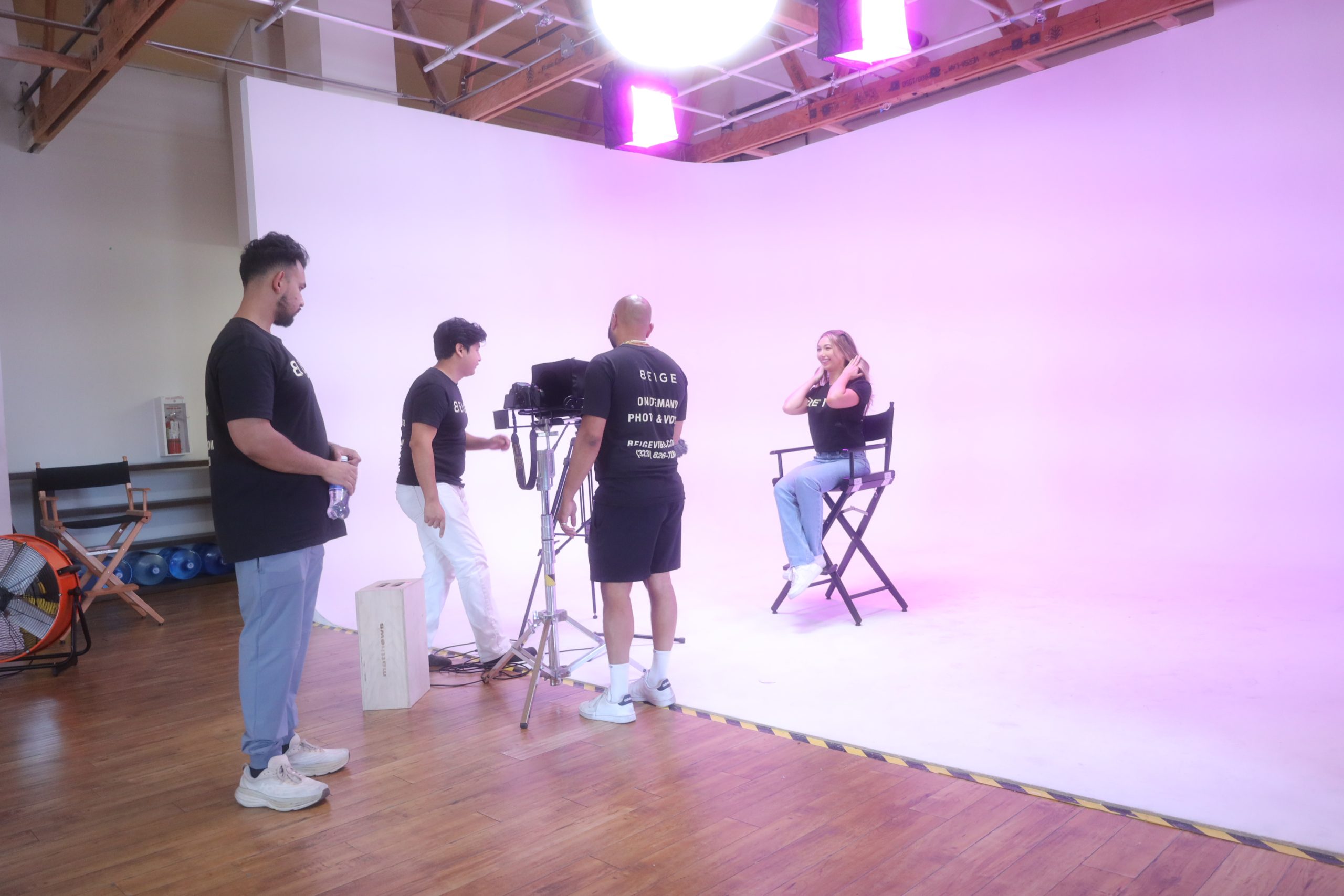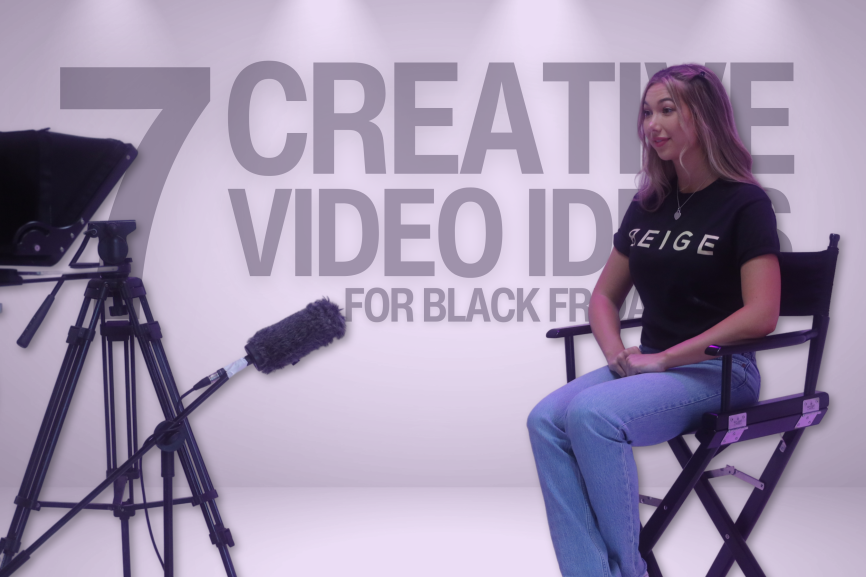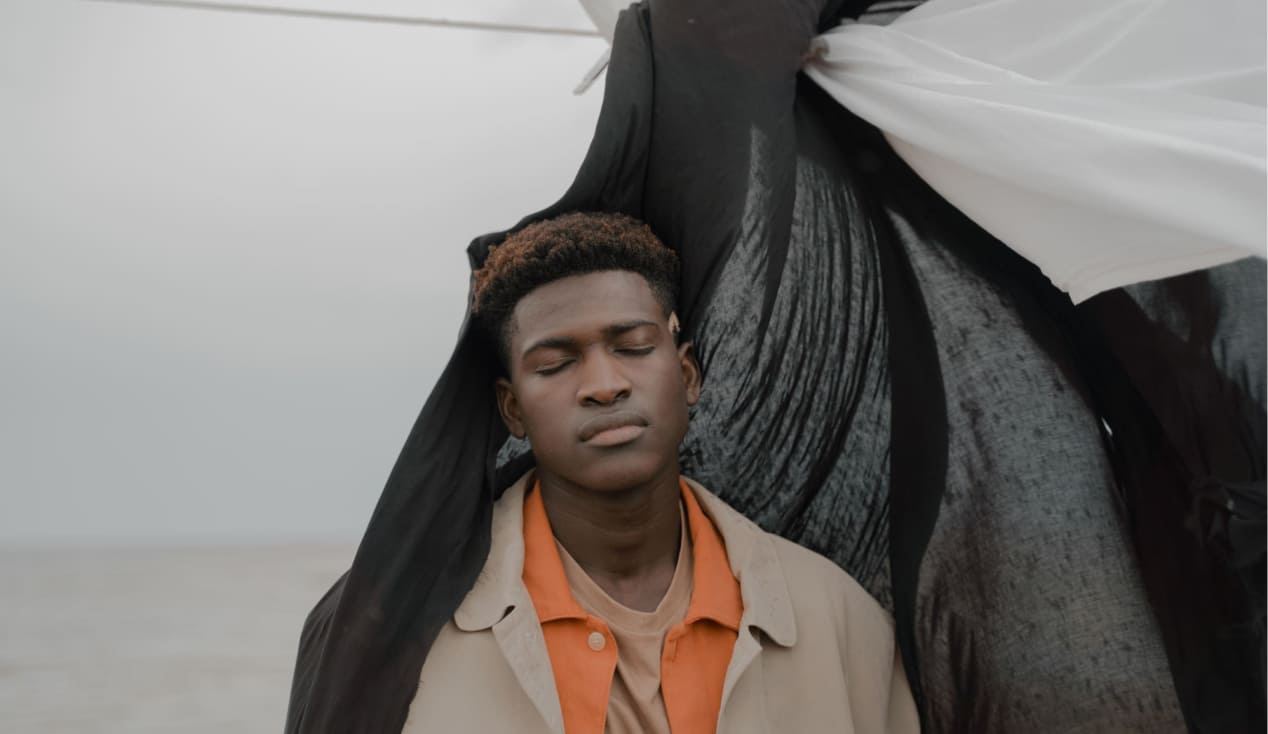No products in the cart.
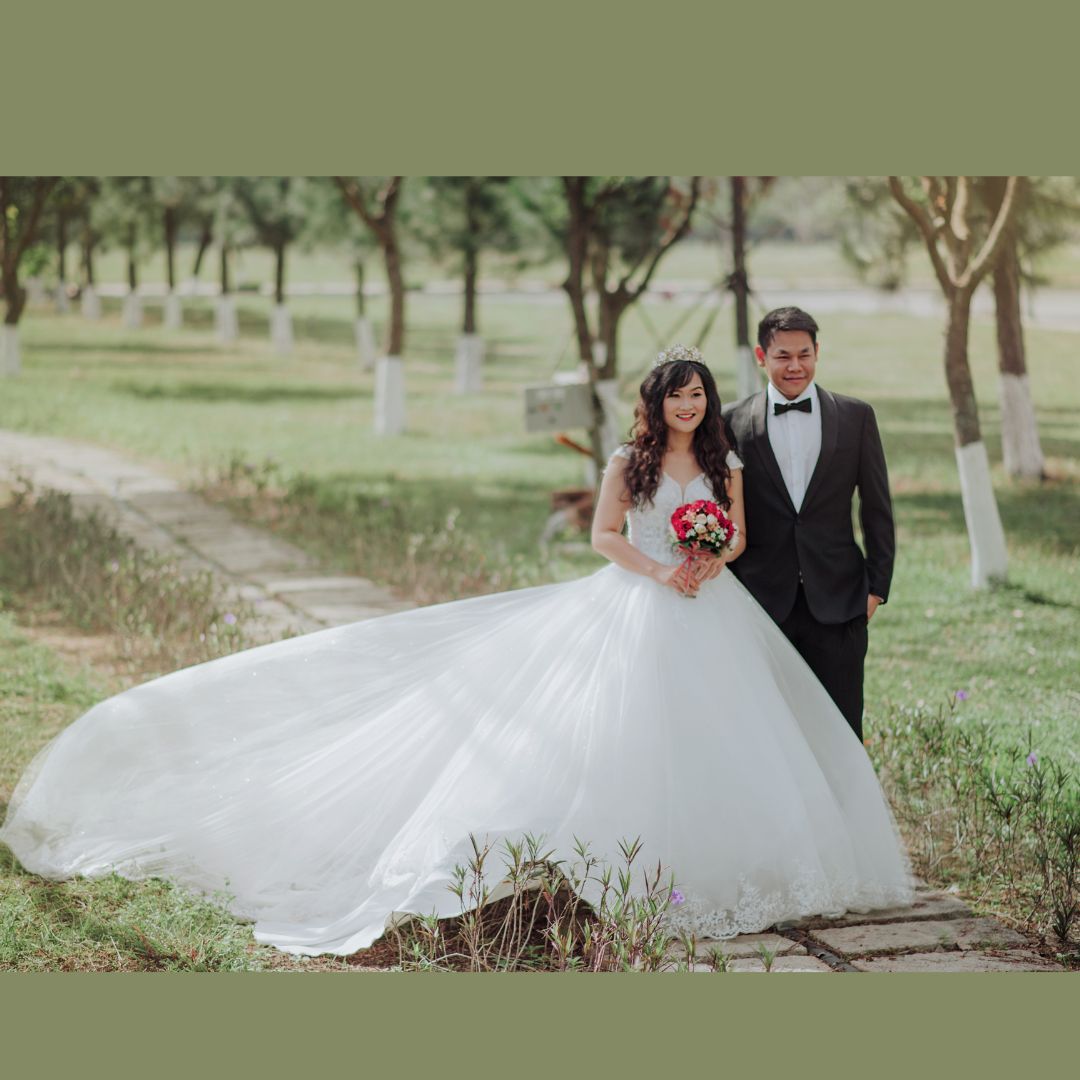
Engagement Photo Session Tips: A Comprehensive Guide
Introduction: Everyone dreams of receiving a romantic proposal from their significant other. It resembles a childhood fantasy coming to pass. It really is a
High Time Photography is a unique and specialized form of photography that captures high-speed events and moments that occur too quickly for the human eye to perceive. It involves freezing fast-moving subjects in a single frame, allowing us to see the intricate details of these fleeting moments. The history and evolution of high-time photography have seen remarkable advancements in technology and techniques, enabling photographers to push the boundaries of what is possible to capture. Early beginnings can be traced back to the use of stroboscopic techniques, while advancements in digital photography and lighting have revolutionized the field.
This article will explore the techniques and equipment used in high time photography. Its applications are in various industries, such as sports and industrial processes. It provides tips and tricks for capturing great high-time photos. It will also address the challenges and limitations faced by photographers in this specialized field. Join us as we delve into the fascinating world of high time photography. Discover the incredible images that can be captured through this innovative form of visual storytelling.
High Time Photography is a technique that captures action or movement at a specific moment, freezing it in an image. It is commonly used to capture fast-paced events or objects with great detail. This form of photography demands precise timing and quick reflexes in order to capture the perfect moment. High time photography finds extensive use in sports, wildlife, and action photography. Itcapture dynamic moments that are imperceptible to the naked eye. By capturing still images, it allows photographers to showcase the beauty and intensity of motion.
Step back in time and embark on a journey through the captivating history and evolution of high time photography. From its early beginnings to the impressive advancements it has witnessed, each sub-section will peel back the layers and unveil the fascinating stories behind this mesmerizing art form. We will explore the technological breakthroughs and creative strides that have shaped its path. Get ready to see history unfold before your eyes!
Early beginnings of high time photography can be traced back to the late 19th century when photographers first experimented with capturing motion and freezing fast-moving subjects. Eadweard Muybridge’s famous sequence of photographs showing a horse in motion is considered a groundbreaking milestone in high time photography. This marked the beginning of using sequential images to capture movement and analyze it in detail. Technological advancements in camera shutters and film processing techniques further propelled its development. This lead to the creation of more sophisticated techniques and equipment in the years to come. The early pioneers laid the foundation for the evolution of high time photography into the dynamic and versatile medium it is today.
High Time Photography has witnessed remarkable advancements over the years. It enabled photographers to immortalize moments with unprecedented precision and freeze motion like never before. These incredible advancements encompass the development of faster shutter speeds, refined camera technology, and sophisticated lighting techniques. By harnessing faster shutter speeds, photographers can seize split-second moments with unparalleled clarity and precision. The progress in camera technology has yielded higher-resolution images and improved autofocus capabilities. Moreover, lighting techniques such as strobes and continuous lighting have elevated the quality of high time photos, providing optimal illumination for swiftly moving subjects. Consequently, these advancements have brought about a revolution empowering photographers to capture awe-inspiring moments with extraordinary precision and clarity.
Fact: The advancements in high time photography have revolutionized various industries, including sports, industrial processes, and creative art, enabling professionals to seize dynamic moments and craft breathtaking visuals.
Capture breathtaking moments with high time photography as we dive into the techniques and equipment used to create stunning images. Discover the art of camera setups for high time photography and unlock the secrets of lighting techniques for capturing those epic shots. Get ready to unleash your creativity and explore the possibilities that high time photography has to offer.
To capture high-speed action, proper camera setups are essential in high time photography. Here are some key considerations:
High time photography originated in the early 19th century with the invention of the camera. Since then, advancements in technology and camera setups have greatly improved the ability to capture high-speed moments with precision and clarity. Today, this photography is widely used in various fields, including sports, industrial processes, and creative art, providing unique visual experiences.
Lighting plays a crucial role in capturing stunning high time photos. Here are some lighting techniques to consider:
True story: In a high time photography session capturing a skateboarder doing tricks, the photographer used strobes and continuous lighting to freeze the fast-paced movements. By strategically positioning the lights to highlight the skateboarder’s jumps and flips, the resulting photos showcased the skill and athleticism of the athlete while capturing every detail of the action.
High Time Photography takes us on an exciting journey across various fields, showcasing its diverse applications and uses. From freezing thrilling moments in sports to capturing the intricacies of industrial processes, this section unveils the endless possibilities that this photography offers. Get ready to explore how this innovative technique has found its way into the heart of sports, industries, and the world of artistic expression.
High time photography in sports is a skill that allows us to capture fast-paced action and moments that are often too quick for the naked eye to see. It enables us to freeze moments of athletes in motion, resulting in dynamic and captivating images. When practicing high time photography in sports, there are several important aspects to consider.
To achieve great high-time photos in sports, having the proper equipment, technical knowledge, and patience is essential. It is important to practice and experiment with different techniques to develop your own unique style.
Incorporating high time photography into industrial processes is of utmost importance. It plays a crucial role in capturing the fast-paced nature of these processes. This unique perspective allows us to freeze moments that are too quick for the human eye to perceive. By utilizing high-speed cameras and specialized lighting techniques, we can analyze and improve manufacturing processes, detect equipment malfunctions, and ensure the adherence to safety protocols. High time photography in industrial settings provides valuable insights, whether it involves documenting the precise movement of machinery or capturing explosive reactions. To capture every detail in high-speed industrial scenes, it is recommended to use a fast shutter speed and burst mode.
High time photography in creative art is a dynamic and innovative form of creative art that captures moments in a split second. It offers a unique perspective by freezing motion and showcasing movement in a visually striking way. This artistic technique allows for the exploration of various subjects, including people, animals, objects, and even natural phenomena. Here are some applications and uses of high time photography in creative art:
| 1. Capturing the beauty of dance: | High time photography in creative art can showcase the grace and fluidity of dancers, freezing their intricate movements in time. |
|---|---|
| 2. Emphasizing action and drama: | By freezing fast-paced moments, high time photography in creative art can convey a sense of energy and intensity in scenes like sports events or performances. |
| 3. Creating surreal and abstract compositions: | With its ability to capture split-second details, high time photography in creative art can transform ordinary objects into extraordinary, surrealistic artworks. |
| 4. Exploring the beauty of nature: | High time photography in creative art can reveal the intricate patterns and movements in natural elements like water splashes, flower petals falling, or birds in flight. |
| 5. Experimenting with light and shadow: | By capturing split-second moments in low light conditions, high time photography in creative art can produce stunning effects emphasizing the interplay of light and shadow. |
High time photography in creative art allows for the exploration of unique perspectives, unveiling creating visually compelling artworks.
Capture stunning high time photos with these ultimate tips and tricks! Discover how to choose the perfect moment for your shots, using fast shutter speeds and burst mode to freeze action, and get creative by experimenting with unique perspectives and angles. Don’t miss out on this opportunity to elevate your photography skills and create breathtaking high time images. Get ready to unleash your creativity and take your photography to new heights!
When it comes to high time photography, choosing the right moment for capturing stunning and dynamic images is crucial. Here are some steps to help you select the perfect moment for your high time shots:
By following these steps and practicing, you can enhance your high time photography skills and capture compelling images that freeze breathtaking moments in time.
In the early days of high time photography, photographers faced significant challenges due to limited technology and slow shutter speeds. However, advancements in camera technology and faster shutter speeds have revolutionized the field, allowing photographers to freeze moments of action with incredible precision. Today, high time photography finds applications in various fields, including sports, industrial processes, and creative art. It continues to evolve and inspire photographers to push the boundaries of capturing the perfect moment.
Utilizing fast shutter speeds and burst mode is essential in capturing high time photos. Here are some tips to make the most of these techniques:
Experimenting with different perspectives and angles is a crucial aspect of high time photography. By utilizing unique angles, photographers can capture stunning and captivating images. This technique allows for a fresh and innovative approach, resulting in visually striking photographs. The act of experimenting with different perspectives and angles can involve shooting from high or low angles. By exploring these various angles and perspectives, photographers can add depth, dimension, and interest to their high time photos. This will make them stand out leaving a lasting impression on viewers.
Capturing fleeting moments in high time photography can be an exhilarating pursuit, but it’s not without its challenges and limitations. In this section, we’ll delve into the technical hurdles that come with capturing high time photos. We will also explore the environmental factors that can influence the outcome. Get ready to uncover the intricacies and complexities that make high time photography an awe-inspiring yet demanding art form.
Capturing high time photos presents various challenges that photographers must overcome to achieve successful shots. These technical challenges include:
Overcoming these technical challenges enhances the photographer’s ability to capture stunning high time photos.
Environmental factors play a significant role in impacting the outcome and quality of the photos. Some factors that can affect this type of photography include lighting conditions, weather conditions, and the location where the photos are taken. Inadequate lighting can result in blurry or poorly illuminated images, while adverse weather conditions like rain or wind can make it challenging to capture clear and sharp photos. The location or environment chosen for high time photography can also have an impact, such as the presence of obstacles or limited space for equipment setup. Taking these environmental factors into account is essential for successful high time photography.
To find your photos, visit the High Time Photography website and type your name or horse name in the search bar. Click on “Search” and then navigate to the “Shows” category. You can also click on the provided links for specific shows such as the October Horse Trials, Pinehurst Fall Dressage, Carolina Region Show Jumping Rally, or Harvest Moon Dressage Show.
The Carolina Horse Park is located at 2814 Montrose Rd., Raeford, NC 28376.
You can contact High Time Photography by calling (336) 671-4446 or visiting their website, www.hightimephotos.com.
The latest show information can be found on their website, www.carolinahorsepark.com. Additionally, you can find updates on their Facebook page at facebook.com/carolinahorsepark.
Facebook uses cookies to provide and improve content, enhance security, and personalize user experiences. They may track user activities on other websites and apps for advertising purposes. Users can control cookie settings and manage advertising preferences to protect their privacy.
The Meta Audience Network is a platform that allows advertisers to show ads in apps and on websites outside of Facebook’s products. It helps deliver personalized advertising based on user preferences and activities. Users have the ability to manage their advertising preferences and control the use of their information for targeted ads.
Lorem ipsum dolor sit amet, consectetur adipiscing elit. Suspendisse varius
enim in eros elementum tristique.

